home too beige? design lessons from Middle Eastern & North African homes.
colour, texture, and living rituals from the culture <3
Posting this note made me realise two things:
There are in fact many Arabs here (hi, I found my community)
A lot of people only know the terrible associations with MENA and are actually interested to learn the region's truth (and there's a lot to unpack)
So, I've taken it upon myself to begin introducing my culture, my region, my identity—partially because this concept may become a physical zine (if enough people are interested).
I think it is safe to say this post is well overdue. A lot of the comments I got where from people from the West talking about how grey everything's gotten and how my note inspired them to integrate colour in such a fun, meaningful way.
My research led me to this video The Western obsession with Beige, explained by Dr. Marina Khan, a cultural researcher,
and this article The Beige Conspiracy: American interior design as a symbol of the quiet despair of capitalism and suburbia, in which both pieces of media provide critical insight as to why beige is more prominent in the West than other parts of the world, and what this signifies.
Growing up, I felt influenced by modern homes, the whole IKEA shebang (don't ask), and for a whilst I dreamt of having one myself. In my early 20s, I got just that. Three London flats ago, I lived in a modern building with grey furniture. It was during Covid and I found myself detained in a home that lacked colour. I started to feel miserable and at the time, I hardly recognised how much impact the lack of colour had on my mental health. A friend suggested I buy a colourful carpet, and an array of pastel cushions to compensate, without breaking the bank (too much). It sort of helped?
And that got me thinking of Lebanese homes, specifically my grandparents, a sanctuary of colour that feels so inviting and homely.
It was only recently when I found myself loud and proud of being Lebanese and learning everything my culture has to offer.
Lebanese, just like most Middle Eastern homes are colourful because they reflect a rich tapestry of cultural heritage, personal storytelling, and layered history; creating a visual love letter to the past and a joyful defiance of hardship.
Breaking down Lebanese homes.
Lebanon has historically been a crossroads of civilisations, Phoenician, Ottoman, French, Arab, each leaving behind distinct visual languages. This mosaic of influences results in eclectic interiors that are unafraid of mixing patterns, colours, and textures.
Many (me) cherish objects with emotional or nostalgic value, such as vintage movie posters, inherited furniture, handmade embroidery; that is often passed down through generations (I've already dibs-ed my grandma's art and backgammon set).
Lebanese culture is deeply rooted in hosting and gathering. The living room, heart of the home, is designed to feel inviting and expressive.
Lebanon has a strong tradition of craftsmanship and these artisanal elements are rarely neutral. They’re bold. They’re detailed. They’re colourful. This adds personality and cultural pride to every corner.
Finally, there is a rejection to sterile minimalism in favour of a layered, maximalist style. Think curated, not cluttered.
So, what are some things that you can do to your home to add vibrancy and personal storytelling?
The most obvious one is celebrate craftsmanship.
Instead of mass-produced decor, these spaces feature plentiful handmade or local artisanal pieces. Think: copper trays, mosaic tables, handwoven kilims, ceramic vases, and embroided cushions.
The objects are meant to tell a story.
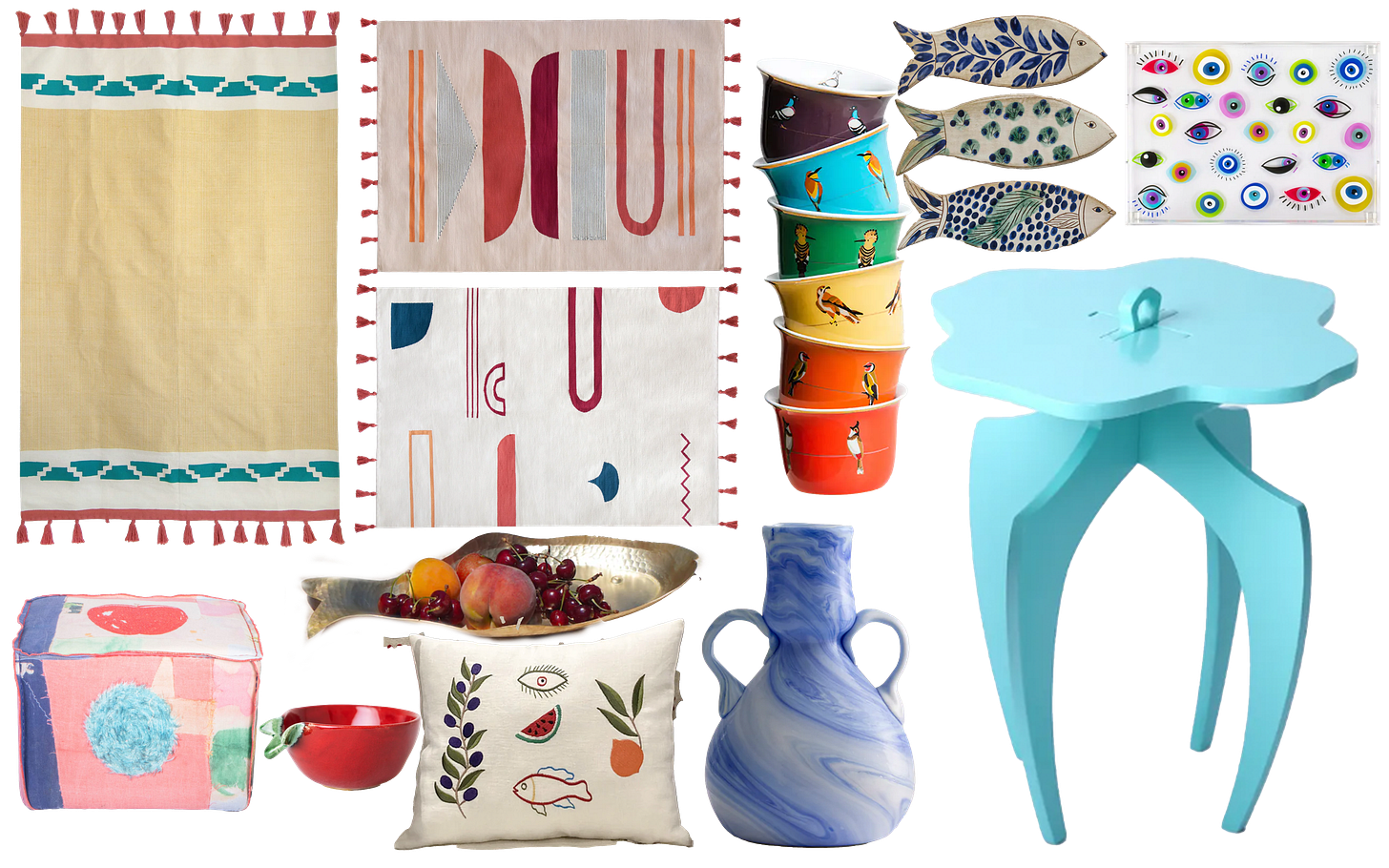
It's no surprise Middle East homes flaunt maximalism, but they embrace ornamentation without clutter.
Maximalism is intentional with the intricate tiles, patterned rugs, carved wood, and ornate textiles that coexist without being too overwhelming.
This is because of a:
Cohesive colour palette
Decorative elements are grouped meaningfully, not randomly scattered
Walls are storyboards, with curated clusters of plates, framed posters, or textiles
Living rooms are for conversations, not televisions.
Probably the most obvious and important design lessons is at it's core, Middle Eastern homes are designed for gathering. Living rooms are built around conversations, not screens. Think: low seating, floor cushions, or a large L-shaped sofas for intimacy and presence.
Human connection must be prioritised in the layout and the seating is arranged for face to face interactions.

Indoors and outdoors are really just a continuation of one another.
The Middle Eastern climate blurs the line between indoors and outdoors. Balconies and terraces are extensions of the inner home and should be treated as such. They are filled with plants, tea sets, colourful metalwork tables and chairs, and a granny who people watches.
A small outdoor corner can become a sanctuary with some colourful windows, drying laundry to reduce your electricity bill, and a whole lot of plants!
Probably the most important one is don't fear colour.
Whether it's Moroccan / Tunisian blue, Levantine pinks and yellows, or Egyptian golds, bold colour is a key feature. Think: eclectic. These homes aren't afraid to clash in harmony. A deep purple cushion might sit next to a yellow ceramic vase and a teal rug, and it works.
Colour is used emotionally as opposed to aesthetically. It reflects joy, nostalgia, and comfort.
Now that we go over our fear of colour, it's really all about layering the texture.
Texture is a language of its own. Think: carved wood, metal inlays, woven baskets, velvet cushions, linen curtains, and mosaic tiles for a sensory richness.
A room should consist of two things: warmth and depth. It should feel good to touch, not just to see.
I love this picture so much because it teaches us that we do in fact have free will. Instead of traditionally placing one large carpet in the centre of the room, this picture, much like my childhood home's salon, utilises multiple carpets for a more three dimensional look and feel.
I also love this picture because it does an amazing job with layering the carpets with the ceramic plates (genius), the vintage posters, and a colourful couch. And yet, the flow remains coherent and smooth throughout the room conveying a very strong story and evoking a prominent sense of nostalgia.
Let history in, second-hand shopping isn't just for clothing.
Think: vintage film posters, old family photos, chipped ceramics, inherited rugs, or brass trays from grandparents. Nothing is purely decorative, these homes often blend the past and present, emotionally and visually.
This isn't just about decorating, rather curating for memory, identity, and story.
Bokja, ideally where I would get all my furnituring from (if I had the funds), reimagines vintage and nostalgic elements into their design. However, thrifting these pieces is even better. In my recent trip to Lebanon, I picked up a whole bunch of vintage magazines for my London flat and I do intend to go back for some posters and vinyls!
If you're abroad looking for some fun vintage pieces, I found some online stores for you! And if any of my MENA followers have more suggestions, please let me know so I can add them!
Retrospaces | Marc Hanna | Braich Posters | Authentic Vintage Posters | Al Furat
The ritual of fragrance.
Design goes beyond visuals. You'll often find incense burners, oud diffusers, or coffee on a brass or wooden tray—because if there is one thing to take away, it's our obsession with smelling good and this extends to our homes. The aim is create spaces that feel alive, where all senses are engaged.
A brand that I worked on (and in no way is this a promo or a sponse) utilises local artisans to create state-of-the-art products. I am humbly mentioning this brand because I had the pleasure to develop the fragrances!
Three collections with three distinct scents: citrus green, spices, and floral to choose from! I'm personally a spices type of gal (just in case anyone wants to gift me one)!
But your best option is to find your local middle eastern store and buying bukhoor!
I'm out of ideas so I think this is a wrap!
The biggest takeaway is that whatever way you choose to design your home, styling should become part of a ritual, where objects are clustered together to evoke emotion and memories before aesthetics. And this is something MENA homes never fail to deliver. Afterall, the heart of the home are the people, not the trends; which is why the styling is always personal and not showroom-perfect.
OH! And ONE more thing?
Need more inspiration? I got you covered:
This Colourful Townhouse in London Was Inspired by the Prints and Patterns of Vibrant Marrakech
Look Inside May Daouk’s Eclectic 19th-Century Villa in Lebanon
From the camera roll:
That's all from me!
S
2 Seconds of Housekeeping!
Cosmopolitcs is an independent column created by Serene Hassouna, and it thrives thanks to the support of its readers. If you’d like to help sustain the column, you can contribute a one-time or monthly pledge via Buy Me A Coffee with support starting at just £1. If you enjoyed this article, please consider subscribing for more musings on life, love, and some more self-documented essays and realisations.














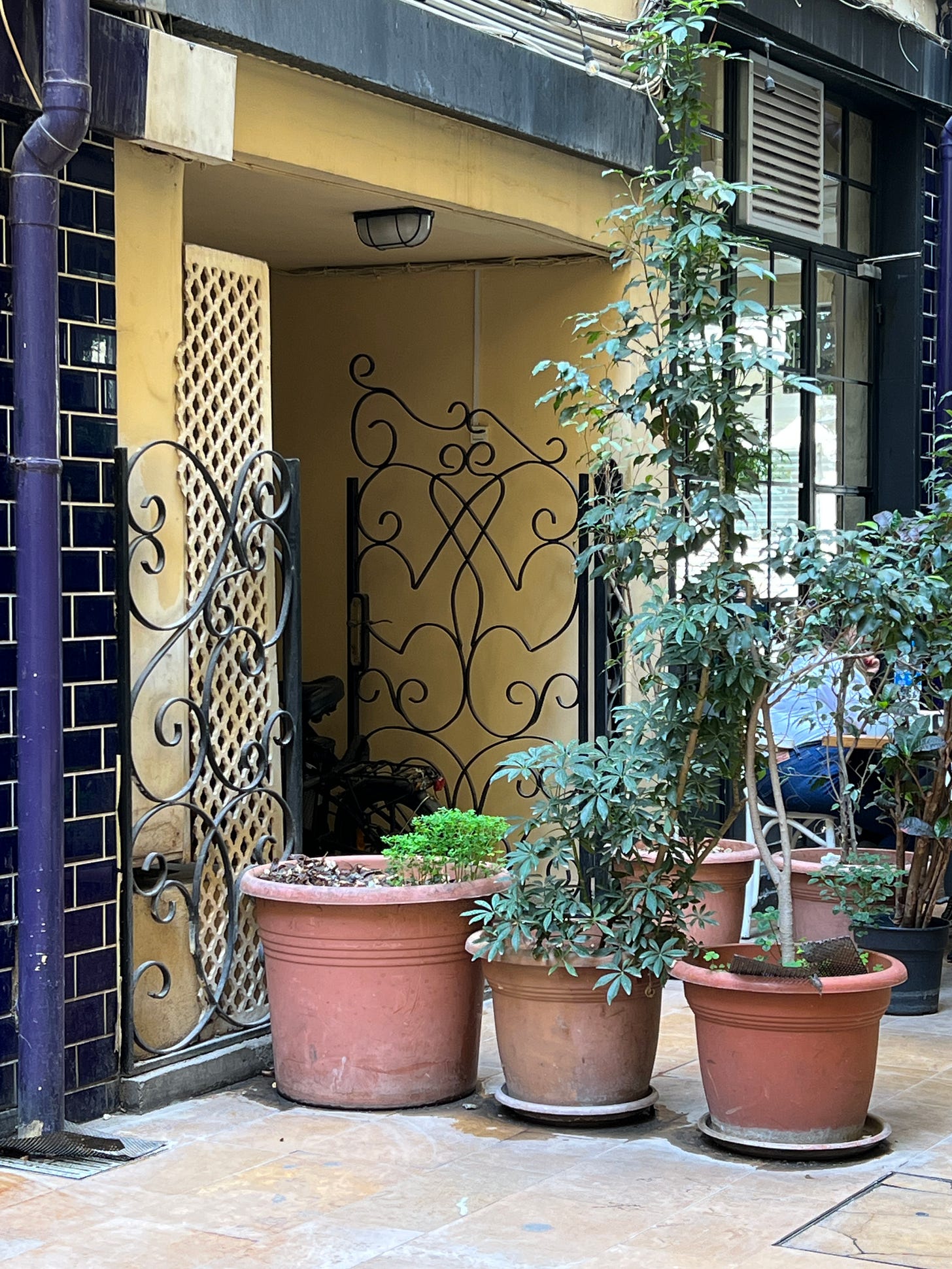

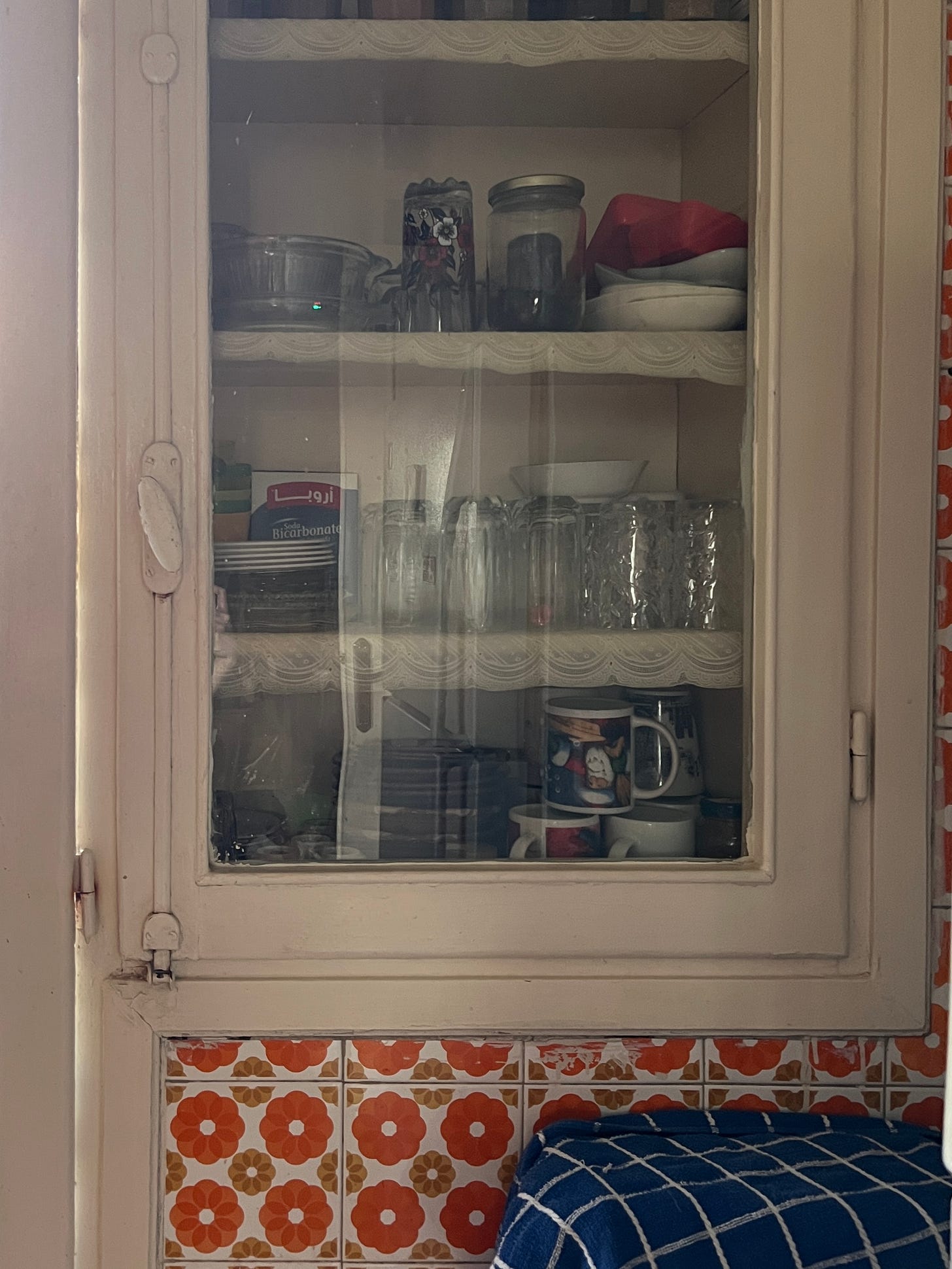


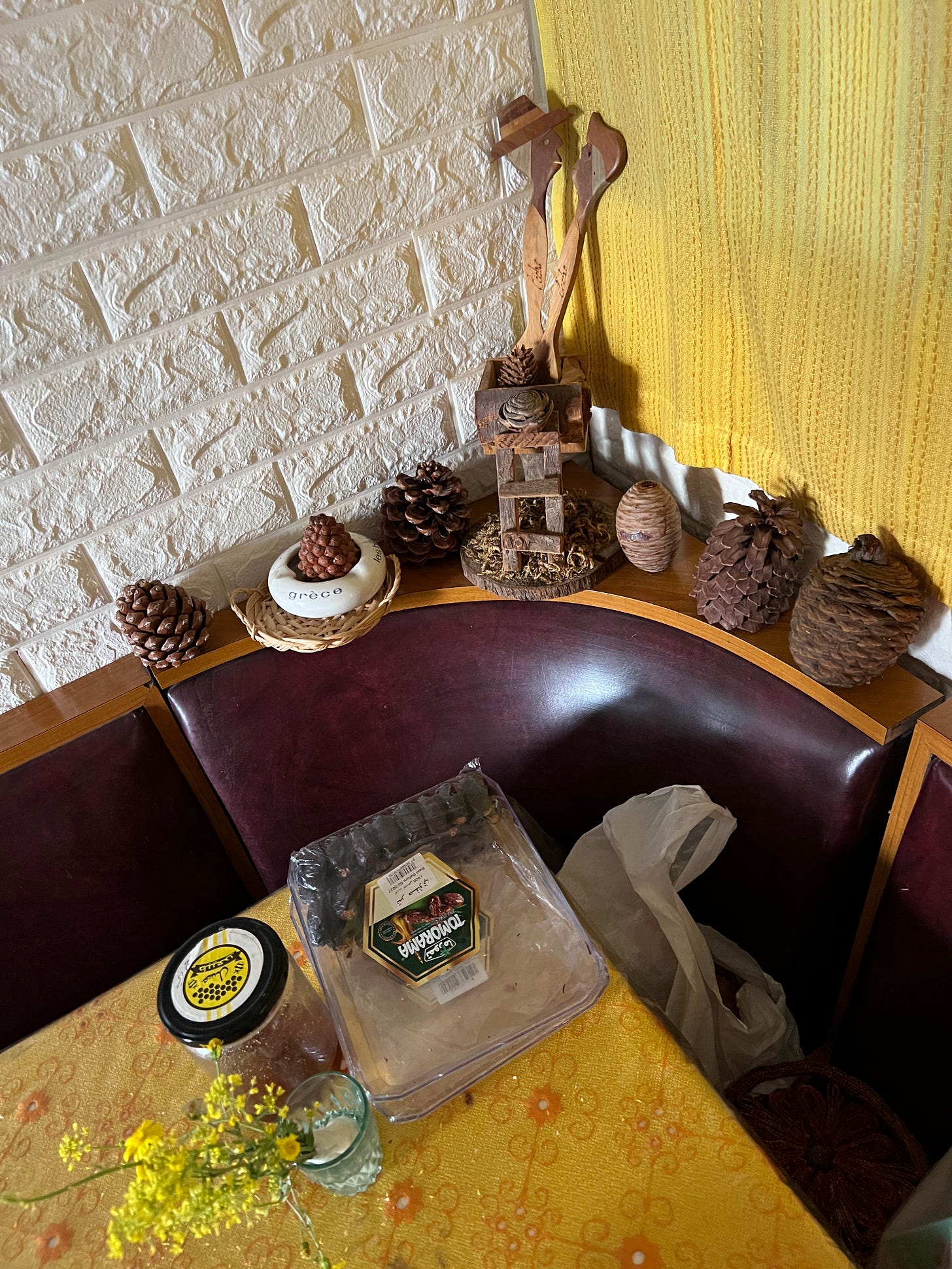
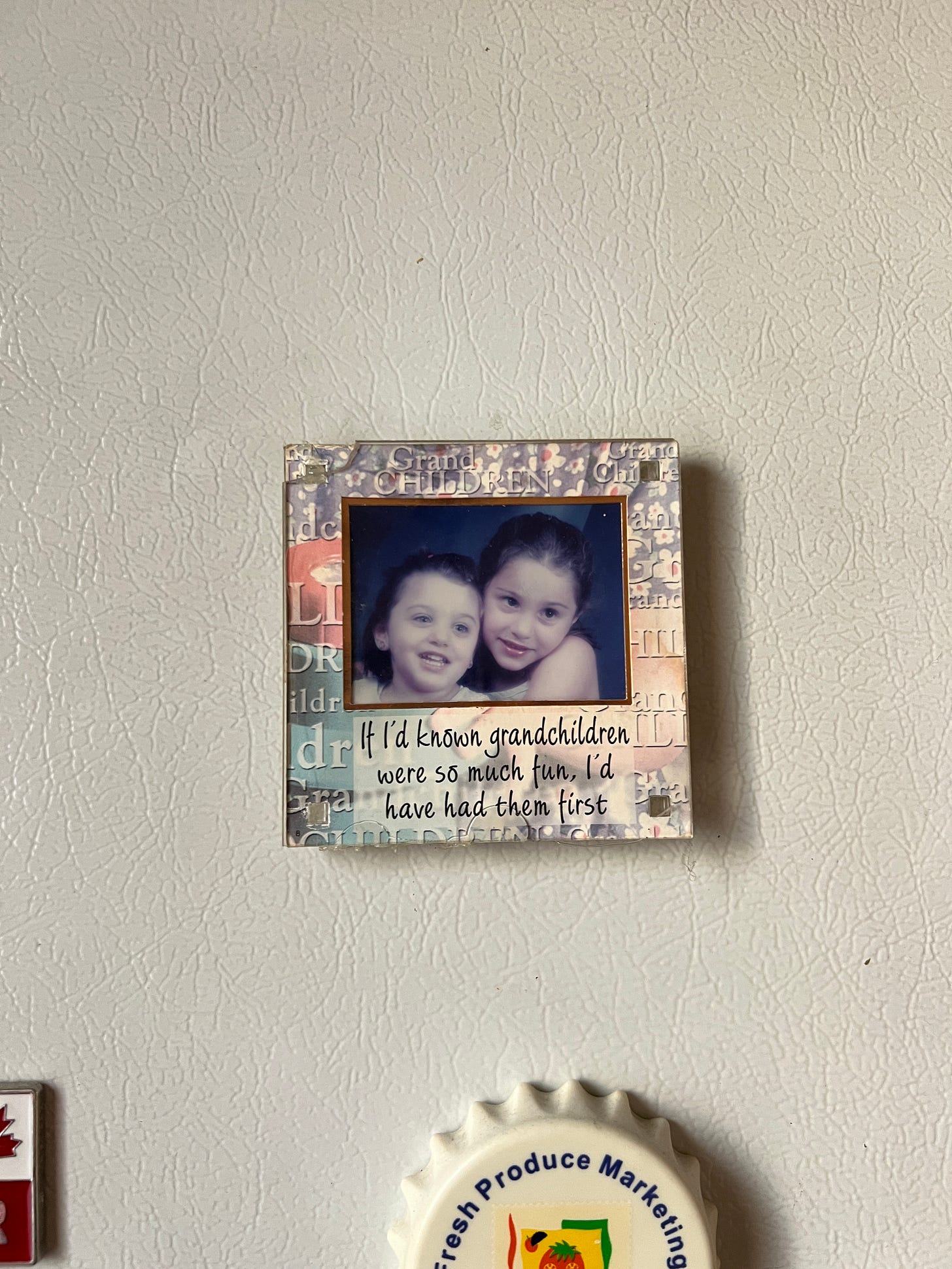
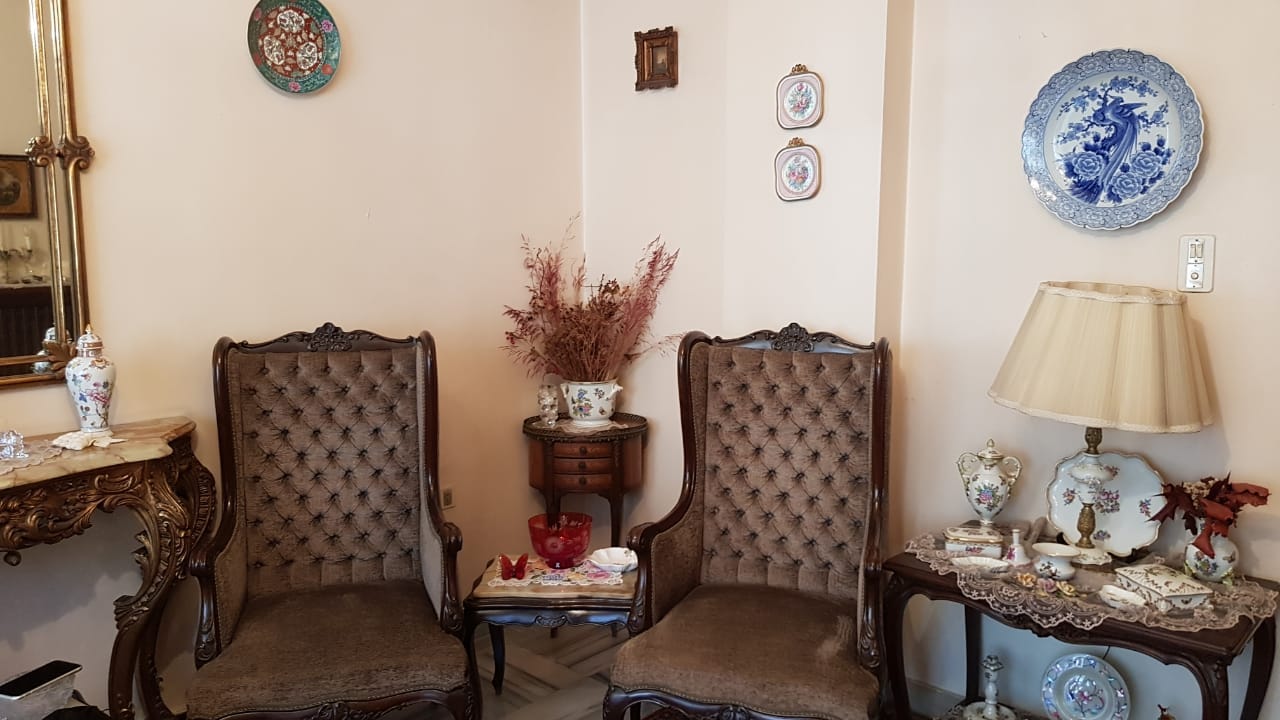

I am obsessed with the cultural subtext of chromophobia and the draining of color from Western society. (Especially since I've recently published a hot pink and green cookbook that flies in the face of all that).I've been researching and gathering my thoughts and visuals to start writing about it.
I LOVE your pov and MENA design posts. BRAVA and thank you. Perhaps we could collab on a post or you'd be interested in a Q & A for my newsletter.
Loved this! 🫶
More of this, Please.🙏
Design needs this level of cultural critique.